A thorough vehicle inspection is required in most states every so often so you can keep your ride street-legal. The technician will look at a variety of things, ensuring that the car or truck's features are fully operational. But what happens if your tire pressure sensor signals that a tire is low on air? Will it fail?
We researched the law regarding vehicle inspections in depth. This way, you'll know for sure what steps you'll need to take.
The Tire Pressure Monitoring System (TPMS) was created to alert drivers of a tire that is underinflated. This sensor being activated will NOT cause a vehicle to fail inspection. There are several things related to your tires, however, that will make them fail inspection.
Now that we know that the TPMS will not cause your vehicle to fail inspection, we'll take a look at items related to your tires that will warrant your attention during this event. You might also be wondering if TPMS is mandatory, or if you can drive with this sensor on. For the answers to these questions and more, read ahead in this post to see what our research has uncovered.
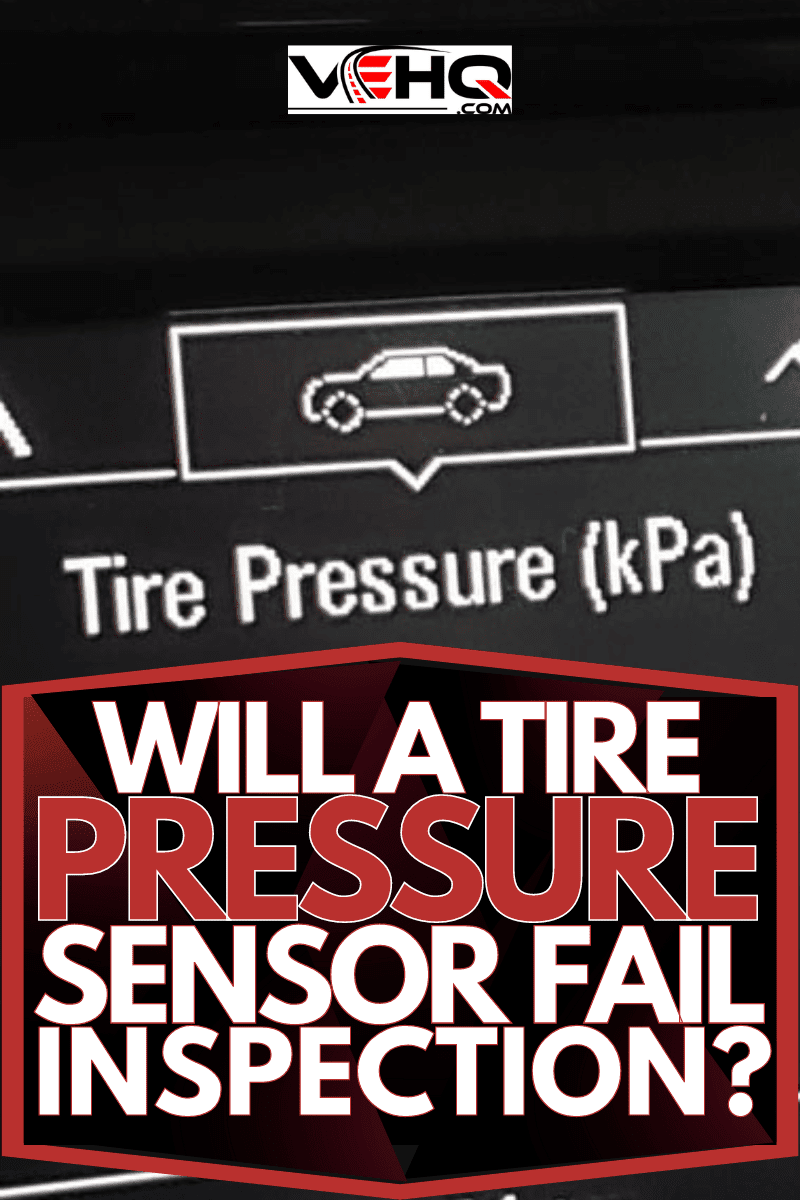
How your tires can cause a vehicle inspection failure
The tire is the only part of the vehicle that touches the roadway. These vital parts are critical to ensuring both your mobility and safety and should be in top condition. They are built tough and meant to last, but they are not impervious to damage.
For the best results, it's recommended to routinely inspect your tires for wear and tear. Making sure that they are properly inflated and that the tread is at an acceptable level will help you get the most out of the tires. It also helps keep you and your riders safe.
Below, we've listed items related to your tires that will cause them to fail inspection. If you are diligent in routinely checking your tires on your own, you should be able to identify and correct these problems before a technician fails the vehicle.
Bald tires are a red flag during inspections
Tires need to have enough traction to grip the roadway. A bald tire poses a giant safety hazard for you, your riders, and those you share the highways with. Bald tires make a vehicle harder to control and are much more likely to suffer from a blowout.
The tire tread should be more than 2/32 of an inch. Anything less than this means that the tire(s) need to be replaced.
You can measure the tread with a small ruler, or you can use a penny. Place the penny with Lincoln's head downward in between the treads. If the tread doesn't cover at least the top of his head, the tread is too worn.
Tires with uneven wear can also warrant replacement
The tread on a tire should wear evenly. If the vehicle is out of alignment, the tread will wear more on the inside or outside of the tire. This will pose a problem when you get your vehicle inspected.
If you notice that the tread is starting to wear out unevenly, have your vehicle's alignment inspected. The uneven wear cannot be corrected, but if it's caught in time, the wear you put on the tread should even out with future driving.
If the tire is damaged, count on the vehicle failing the inspection
Tires that are noticeably damaged will also be a cause for failure. Large abrasions, gashes, or other defects might cause a blowout to make the tire unsafe. The inspection technician should take notice of these issues and determine whether or not they can be rectified or if the tire needs to be replaced.
Don't take it personally if your tire vehicle's tires are why your inspection fails. The roads are a lot safer if the vehicles that drive on them are equipped with what they need to be operated as smoothly and as safely as possible. The worst-case scenario is that you replace the old or worn tires with new or used ones.
Is the TPMS mandatory?
If you are driving a modern vehicle, you will probably have noticed that it is equipped with a TPMS. The "!" that illuminates your instrument panel is a sign that your vehicle has this system. Seeing this glow warrants your attention, as it means that one of your tires has a PSI that is lower than recommended.
The TPMS has been mandatory since Congress passed the Tread Act back in 2008. This law requires all light passenger vehicles to be built with this technology on board.
The benefits of having TPMS are significant. Low tire pressure increases the likelihood of an accident. Driving on low tires also increases your fuel consumption.
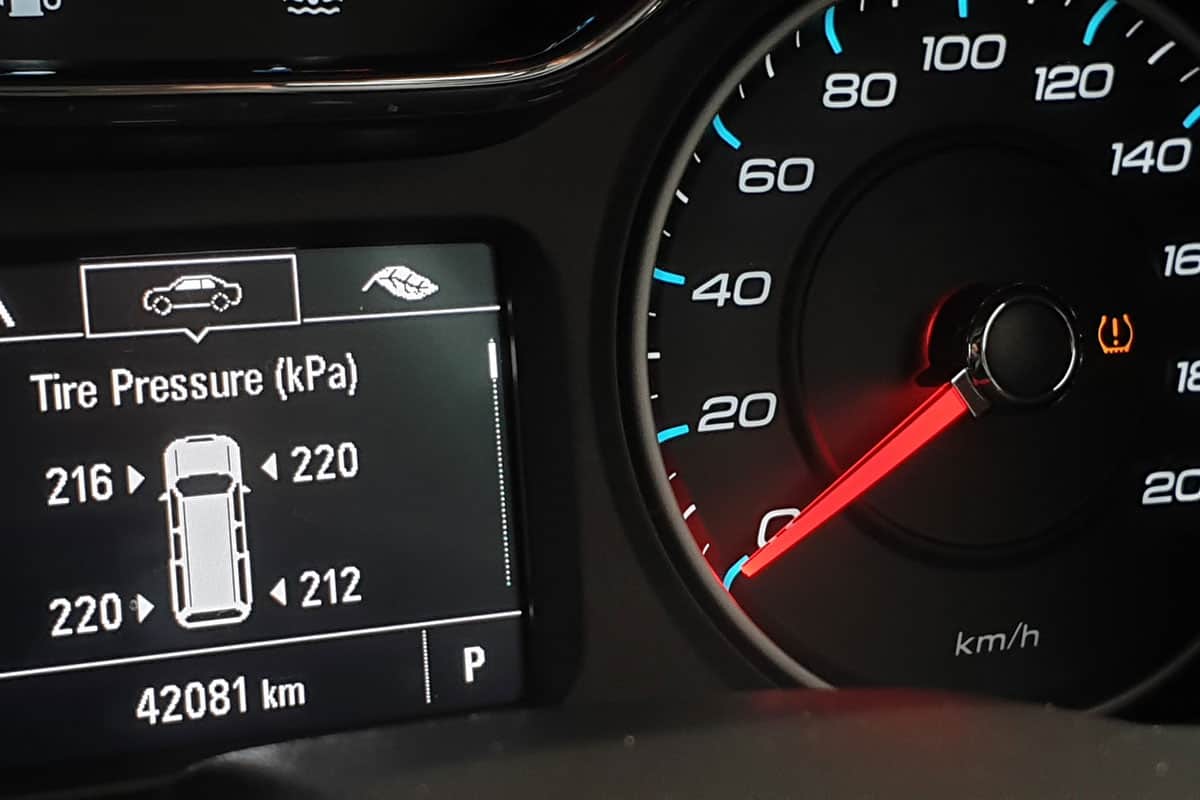
Can you drive with your tire sensors on?
When your tire pressure gets too low, your TPMS will detect it and you will receive an alert on your dash instrument panel. This is strictly to inform you of the low pressure. The TPMS will not deactivate your engine or make your vehicle otherwise undrivable.
But when your TPMS tells you that your tire pressure is low, you should act on it as soon as possible. Low tire pressure increases the odds of a blowout happening. It can also make your vehicle much harder to control, especially when the roads are wet.
Additionally, low tire pressure makes your engine consume more fuel. Experts have demonstrated that low tires lead to gas mileage decreasing by upwards of 10%. So when your TPMS tells you to check your tires, it's a great idea to do so as soon as possible.
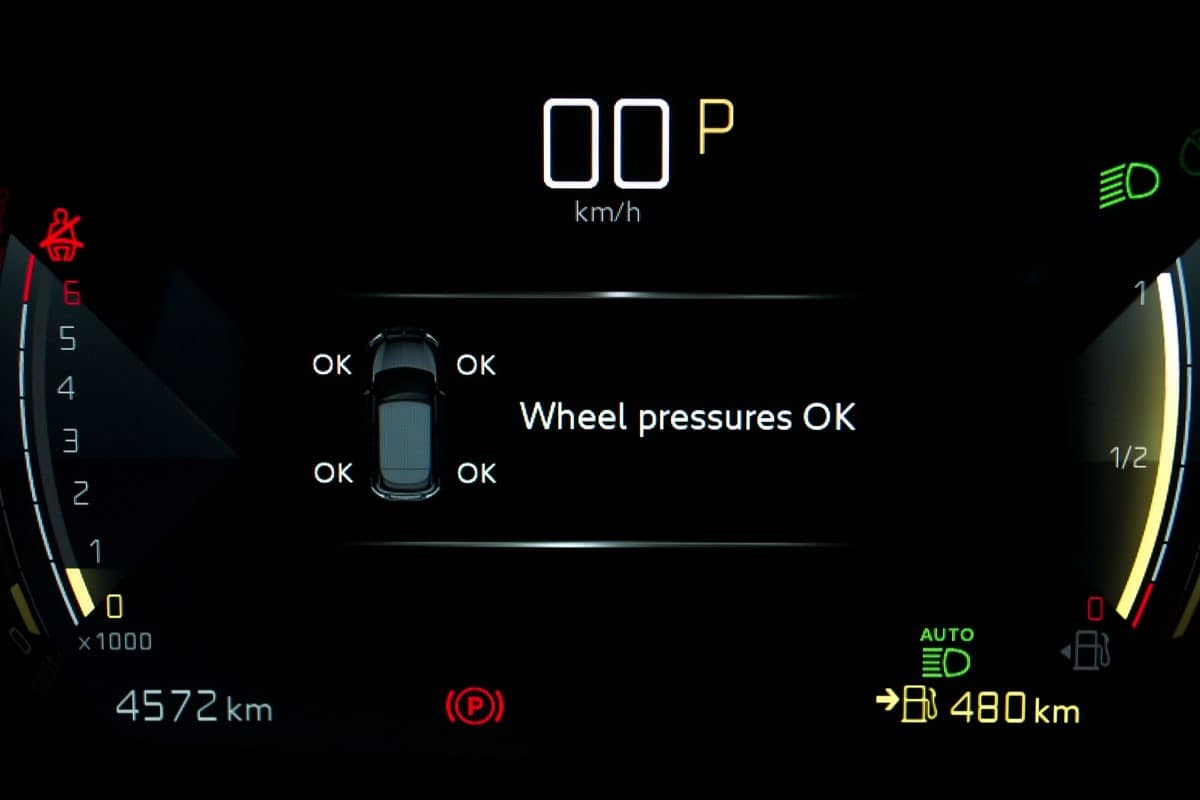
How much does it cost to replace a tire pressure sensor?
If you drive a vehicle long enough, the TPMS will begin to fail. And though this technology isn't needed to operate your car or truck, it's a great way to safely monitor your tire pressure. When and if the TPMS fails, it's recommended to get it replaced as soon as possible.
The replacement cost of a TPMS will vary depending on your make and model vehicle. Kelley Blue Book tells us that replacing the TPMS will cost an average of $261 to $307.
Keep in mind that a dealership might charge more for this service. If you need to have your TPMS replaced, we suggest getting several quotes from reputable service providers.
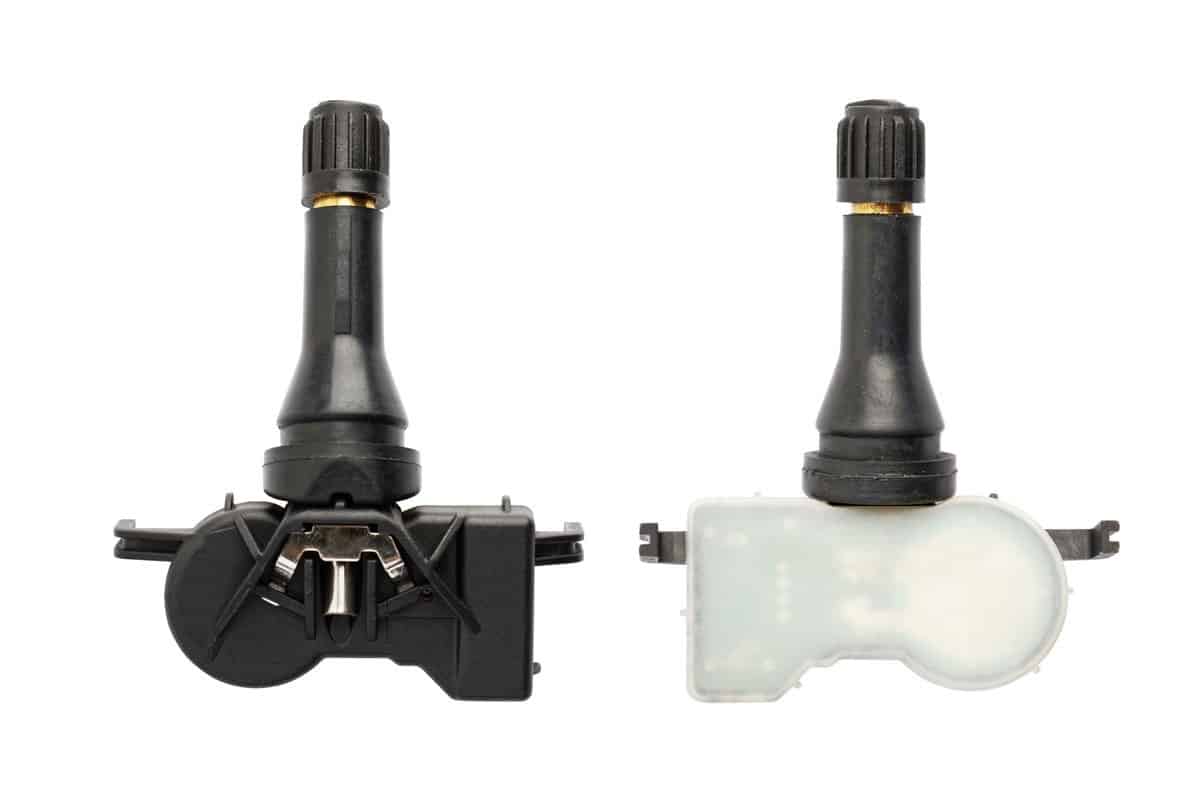
How long will a TPMS sensor last?
The TPMS system will not last forever. If you drive your vehicle long enough, chances are you will need to replace this system at some point. Thankfully, the useful life of a TPMS is probably longer than you might think.
On average, a TPMS will last up to 10 years before it begins to fail. The amount of time will vary from model to model, however.
As we stated earlier in this post, it's important to have a functional TPMS. So if yours ever does fail, we strongly suggest getting it replaced as quickly as possible.
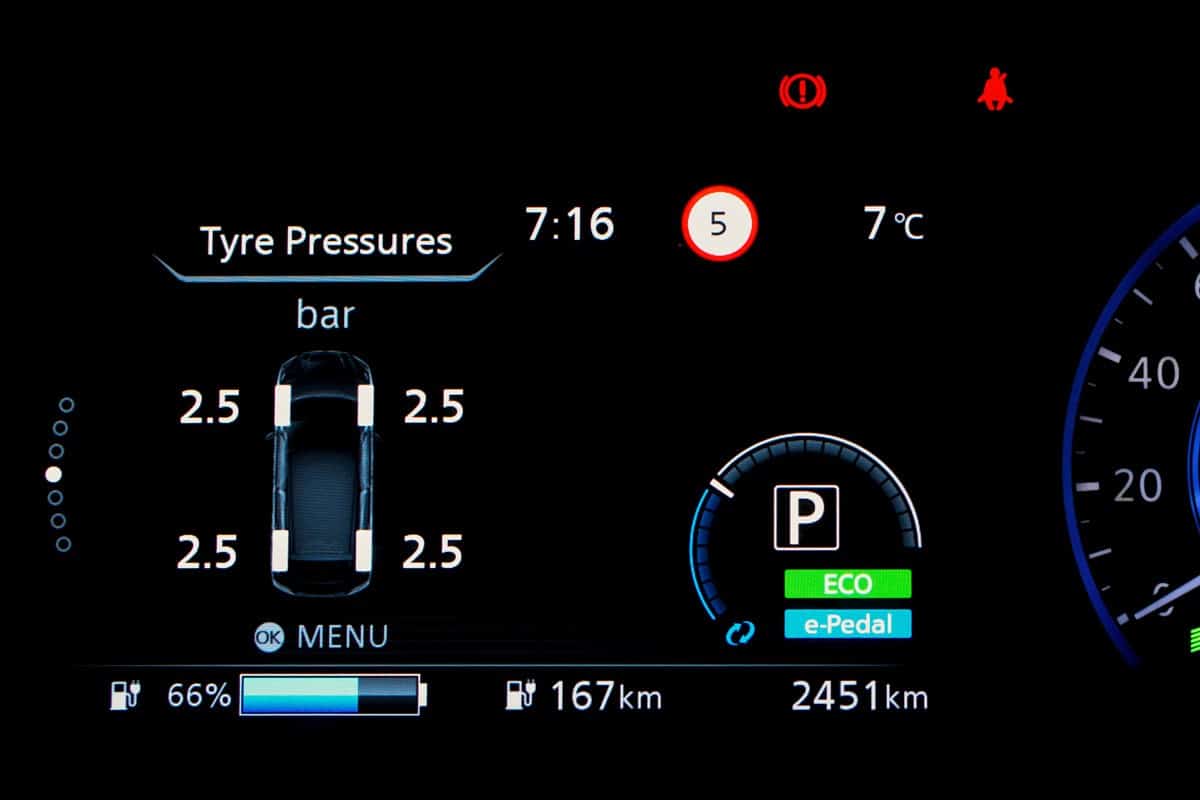
Tips for making your tires last longer
No matter what brand of tires your vehicle is equipped with, they will eventually need to be replaced. But there are some things you can do to maximize the useful life of these critical parts.
Keep them inflated
Driving on underinflated tires will cause them to wear out prematurely. We suggest checking the tire pressure every time you fill up your vehicle's gas tank. Once you get into this habit, you'll find that it's quick and easy.
Drive mindfully
Driving with consideration for your tires will also make them last. Quick starts and stops cause undue wear. Curb checking, driving fast over potholes, and failing to avoid roadway debris will lessen your tires' life.
Routinely inspect the tires for wear and tear
Once a month, we suggest inspecting your tires for wear and tear. This is a great way to see if the tread is wearing unevenly, a telltale sign that your vehicle is out of alignment.
While the above will not make your tires invincible, they will help you maximize the useful life of the tires.
In closing
While the TPMS onboard your vehicle serves important functions, it being illuminated will not cause an inspection failure. The condition of the tires is what the technician will be evaluating, so be sure they are in good shape before bringing your vehicle in. When and if the TPMS needs to be replaced, do so as soon as possible. Drive safe!
You're at the end! We hope this post answered all your questions. For additional information, we recommend reading the following posts:
Why Are My Balanced Tires Still Vibrating?
